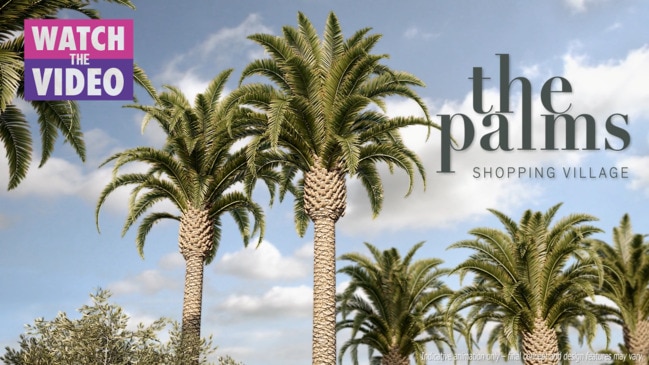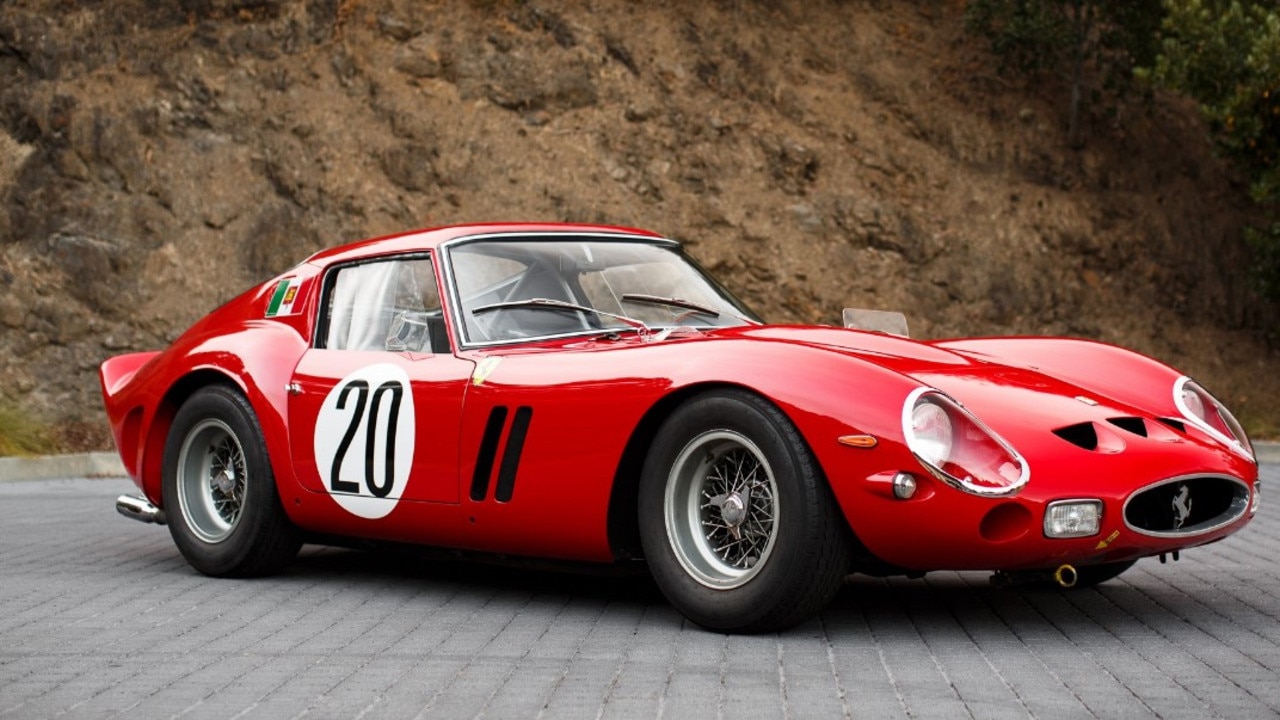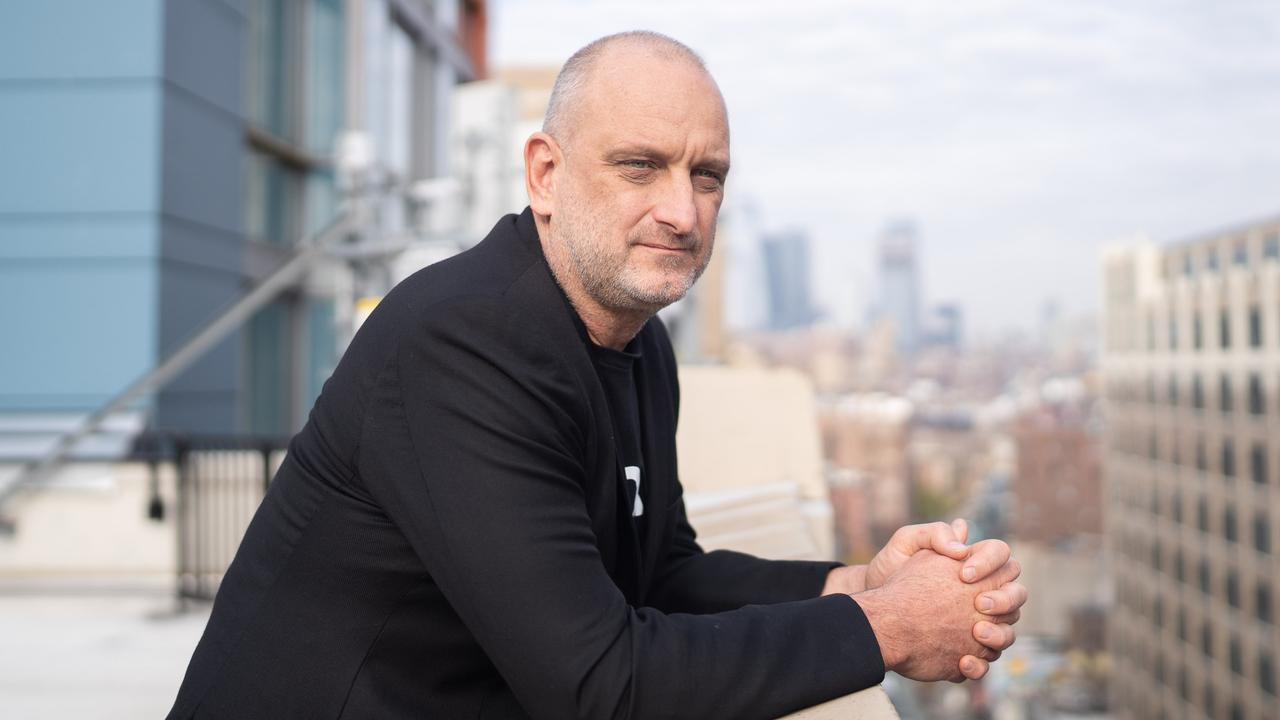Luxury retail market surges on Millennials and Gen Z wave
Millennials and Gen Z demand more luxury stores as their huge spending drives the lucrative market’s worth to near $10.6bn.

Luxury retail is defying concerns about an imminent recession and with Millennials and Gen Z are supporting top end spending and demanding more physical shops across the nation’s capital cities.
While parts of the mall economy remain under pressure, spending by the younger cohort drove the lucrative luxury market’s worth to around $10.6bn in the third quarter, according to Colliers.
The firm said the luxury retail market was worth around $US6.7bn ($10.6bn) and it is expected to grow annually by 5.42 per cent, forecast to surpass $US8bn by 2027.
The average spend of shoppers was reported to be as much as 130 per cent that of 2019, before the pandemic struck.
Colliers head of retail Michael Bate said a big reason why the luxury retail market had skyrocketed over the last two years was because top-earners have been restricted to buying in the Australian high-end market, as opposed to travelling overseas due to Covid.
They also wanted more city shops to choose from and top brands are competing for spaces in key locations around Sydney’s Pitt Street mall and Melbourne’s Bourke Street. “Shoppers may visit less, but are spending more when doing so,” he said.
The demographic groups which drove this increased spending in the luxury retail market were largely Millennials and Gen Z, accounting for more than 30 per cent of all luxury spending in Australia.
Despite the current macroeconomic climate and fears for retail spending due to rising interest rates and inflation, Millennials and Gen Z were shielded from most of the impacts, as only 28 per cent of Australians between the ages of 18 to 36 years old owned the home they lived in, according to investment bank HSBC.
The latest HILDA survey also showed that more than 50 per cent of young Australian adults still lived at home and accumulated savings throughout the pandemic and lockdowns, and many were favouring high-end luxury purchases to spend their money on.
Across the nation’s CBDs, luxury prime retail space experienced strong inquiry from larger national retailers and global brands, showing a demand for iconic capital city locations.
Additional supply of luxury retail was pouring into Australia’s capital cities in response to rising demand from consumers, as seen by Sydney’s 111 Castlereagh and the recently completed Raine Square in Perth.
111 Castlereagh welcomed Robert Dubuis and Cartier’s Oceania flagship store earlier this year, and upgraded its Dior, Fendi, and Hermes locations.
Mr Bate said big brands such as Chanel and Louis Vuitton have increasingly been bringing their “sub-brands” into the Australian market.
He pointed to the success of luxury outlets at the Vicinity Centres co-owned Chadstone Shopping Centre in Melbourne. “They stuck their necks out a few years ago and acquired an amazing luxury precinct and it has done exceptionally well,” he said.
However, the luxury retail market could be in for a shake-up, as Mr Bate said the market was almost at a tipping point, with consumer segment figures, business confidence numbers and leading economic indicators pointing to a slow down.
“If there is merit in the RBA strategy to slow down the economy with their latest rate rise on consumers, the next few months observing key economic indicators will be the real test,” he said.




